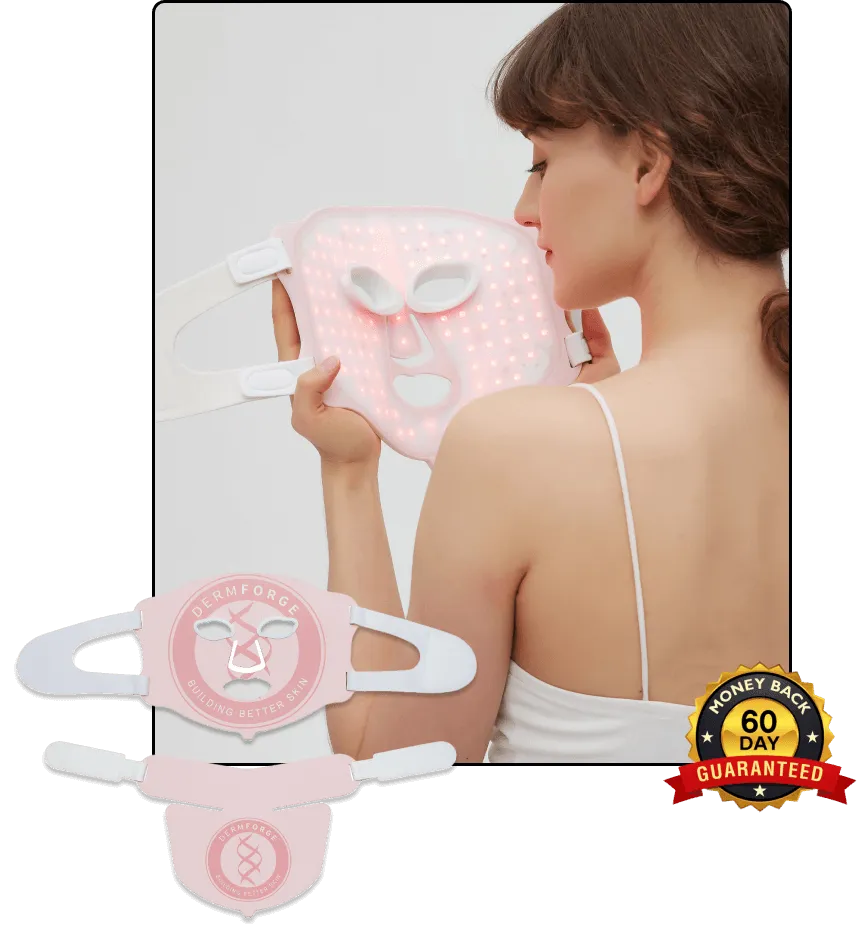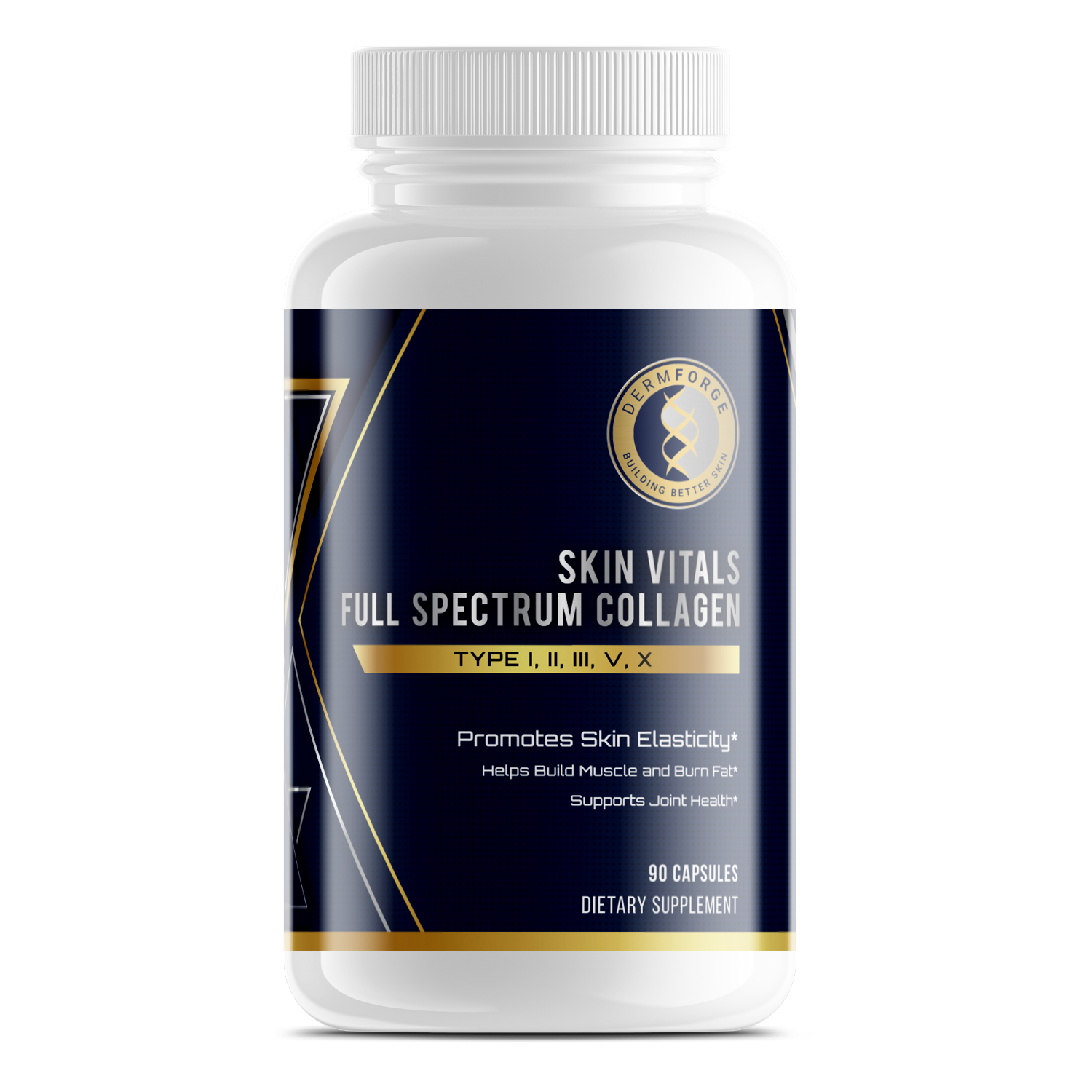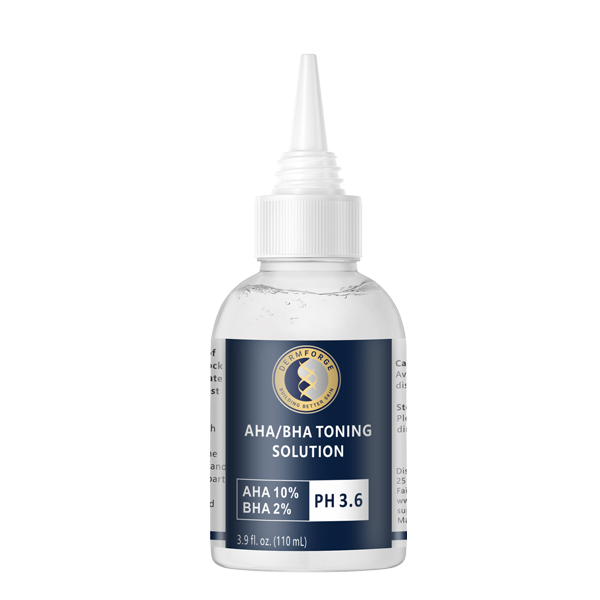Managing acne often feels frustrating, especially when common treatments don’t deliver lasting results. Blue light for acne control offers a different path. This method uses light instead of chemicals to reduce breakouts and improve skin clarity. It targets the bacteria and oil that cause acne without drying your skin.
Additionally, the treatment fits easily into your schedule. Sessions are short, painless, and require no recovery time. Therefore, you won’t need to miss work or change your daily routine. You can treat your skin at home or through a professional clinic, depending on your needs.
Many people choose blue light therapy for its simplicity and low risk of side effects. You won’t deal with peeling, burning, or medication reactions. That makes it a good choice if your skin reacts poorly to topical products or pills.
However, like any skincare method, results take time. You need consistent use to get the best outcome. Additionally, combining blue light with gentle skincare habits often leads to better results. If your acne is mild to moderate, this method may give you the support you need.
Blue light therapy has gained attention for good reason. It’s accessible, safe, and offers a science-backed approach to clearing your skin. If you want something different from creams or prescriptions, this method may be worth exploring. It can help you stay on track without adding stress to your routine.
What Is Blue Light Therapy?
Blue light therapy is a non-invasive method that uses specific light wavelengths to target bacteria on your skin. The treatment focuses on acne-causing bacteria known as Cutibacterium acnes. When exposed to blue light, these bacteria break down and release compounds that damage their own cells. Therefore, the light helps reduce the bacteria population without using medication.
Additionally, blue light has anti-inflammatory effects that can calm red or irritated skin. That means you may see fewer breakouts and less swelling over time. You won’t need to use harsh scrubs or drying agents, which often cause flaking or irritation.
Blue light for acne control works differently from traditional treatments. Most prescription creams use acids or antibiotics to kill bacteria. However, those options can sometimes cause dryness, redness, or resistance issues. Blue light avoids those problems by working through light exposure instead of chemicals.
The treatment can be done in a clinic or at home. Many people choose home devices for convenience and cost savings. However, professional treatments tend to use stronger equipment and may provide faster results.
You won’t need to apply anything before your session. The process involves holding the light near your skin for a short time. Additionally, sessions are usually painless and require no downtime.
Blue light for acne control gives you another option when creams and pills haven’t helped. The method fits easily into your skincare routine. Therefore, it’s worth considering if you want a cleaner, light-based approach to managing acne.
How Blue Light Helps Control Acne
Blue light helps control acne by targeting the root causes of breakouts. It works below the skin’s surface where bacteria live. These bacteria, once exposed to light, begin to die off through a natural chemical process. That reduction lowers the chance of blocked pores and infected spots.
Additionally, blue light can calm the skin and reduce swelling. Many people with acne also deal with redness and irritation. Therefore, the anti-inflammatory effect makes the skin look smoother and less irritated over time.
Oil production also plays a role in acne. While blue light doesn’t stop oil entirely, it helps regulate excess buildup. That control keeps your pores clearer, which reduces the risk of flare-ups. You may notice less shine on your skin throughout the day.
However, blue light does more than surface-level work. It reaches into your pores and disrupts the bacteria before breakouts form. That means you’re treating acne before it becomes visible. Therefore, regular use may prevent future outbreaks from developing.
Some people see results quickly, while others need more sessions. Additionally, you may still need a basic skincare routine to support the treatment. Blue light works best when paired with gentle cleansing and consistent habits.
Blue light for acne control gives you a way to fight breakouts without harsh chemicals. It supports clearer skin by lowering bacteria, calming inflammation, and balancing oil. If you want an approach that fits into your daily routine, this method may work well.
Professional vs. At-Home Blue Light Devices
Blue light therapy comes in both professional and at-home forms. Each option has benefits, depending on your needs and budget. Professional treatments use medical-grade equipment that delivers stronger light. That intensity can produce faster results, especially for more severe acne.
Additionally, clinics offer guidance from trained staff. You’ll know exactly how many sessions you need and what to expect. Therefore, you may feel more confident about the process and the outcome.
At-home devices are less powerful but more convenient. You can use them on your own schedule without visiting a clinic. That flexibility makes it easier to stay consistent over time. However, results may take longer to appear compared to professional sessions.
Cost is another factor. Professional treatments often involve higher fees per visit. However, they may require fewer sessions for visible change. At-home devices are a one-time purchase. Therefore, the price can be more manageable if you use them regularly.
Additionally, both options are generally safe when used as directed. You should still read the instructions and avoid overuse. Some people may feel warmth during treatment, but side effects are usually mild.
You may choose to combine both methods depending on your goals. Some start with a professional session, then continue maintenance at home. That mix can stretch your results while keeping long-term costs low.
Blue light for acne control works through consistent exposure. Whether you go to a clinic or stay home, your success depends on routine use. Choose the method that fits your lifestyle, skin needs, and comfort level.
Benefits and Limitations of Blue Light for Acne
Blue light for acne control offers several clear benefits. It’s non-invasive, painless, and doesn’t require recovery time after each session. Therefore, you can treat your skin and continue your day without interruption. That makes the method easy to maintain, even with a busy schedule.
Additionally, the treatment does not involve harsh chemicals or medications. You avoid issues like dryness, peeling, or resistance that sometimes come with creams or antibiotics. Many people choose this option to avoid side effects from traditional acne treatments.
The process also supports cleaner skin by reducing bacteria and calming inflammation. Over time, this can lead to fewer breakouts. Some people notice their skin feels less oily and appears more even. However, results can vary by skin type and acne severity.
There are also some limitations worth noting. Blue light may not help with deep cystic acne or severe hormonal breakouts. Additionally, results tend to be better for mild to moderate acne. You may need other treatments if your acne is advanced or widespread.
Skin tone may also affect how well the treatment works. Some darker skin tones can respond differently to light exposure. Therefore, it helps to speak with a provider if you’re unsure how your skin will react.
Blue light for acne control can be a helpful tool, but it’s not a one-size-fits-all solution. You may need to combine it with a skincare routine for the best results. Still, the low risk, ease of use, and gentle process make it worth considering.
What to Expect During and After Treatment
When you begin blue light therapy, expect a simple and painless process. Most sessions start with clean, makeup-free skin. A technician or home device will apply light to the treatment area. Sessions often last around 15 to 30 minutes, depending on the device.
Additionally, you won't feel discomfort during treatment. You might notice a slight warmth, but it's typically mild and fades quickly. Therefore, there's no downtime required. You can return to work, school, or daily activities right after each session.
For best results, multiple sessions are usually needed. Most people start with two or three treatments per week. Your skin may begin to look clearer after a few weeks. However, consistency plays a big role in the outcome.
Side effects are rare but possible. You may experience temporary redness or dryness. These usually go away within a few hours. Additionally, using sunscreen helps protect your skin after exposure to light. That simple step can prevent irritation from sun exposure.
Results can last for several months if you stay on schedule. However, acne may return if you stop treatments too early. That’s why some people add occasional maintenance sessions to their routine. A basic skincare plan can also help extend the benefits.
Blue light for acne control offers a low-effort way to reduce breakouts. You’ll spend less time recovering and more time feeling confident about your skin. The process is easy to manage and fits well into your weekly schedule.
Who Is a Good Candidate for Blue Light Acne Therapy?
Blue light therapy works well for many people, but it’s not ideal for every skin concern. Most commonly, it helps those with mild to moderate acne. If your breakouts involve blackheads, whiteheads, or small inflamed bumps, you may respond well to treatment. Therefore, it can be a smart starting point before moving to stronger options.
Additionally, teenagers and young adults often benefit from this therapy. Their acne tends to be surface-level and related to oil and bacteria. However, adults with similar breakouts may also see results. Consistent use matters more than age in many cases.
Skin type also plays a role. Most people with oily or combination skin tolerate light therapy well. However, very dark or very sensitive skin may respond differently. You should monitor your reaction and speak with a provider if irritation occurs.
Blue light for acne control doesn’t treat all forms of acne. Deeper cysts or hormonal acne often need other support. However, light therapy may still help reduce surface bacteria and calm inflammation. That makes it useful alongside other treatments when managed properly.
Additionally, those who want a non-chemical option may prefer this method. If you’ve had issues with drying products or oral medication, blue light could offer relief. It’s gentle, quick, and easy to add to a basic routine.
If your acne is mild, regular, and bacteria-driven, you may be a good fit. The treatment offers a manageable way to improve your skin without major disruption.
Conclusion
Blue light therapy gives you another option in managing breakouts without relying on harsh treatments or prescription medication. It works quietly and consistently, which makes it easier to stick with over time. Many people choose it because they want something that fits into daily life without added stress.
Additionally, the treatment suits a wide range of users. If your acne is mild to moderate and mostly surface-level, results may appear faster. You also benefit from fewer side effects compared to chemical-based options. Therefore, blue light can offer a more comfortable experience for your skin.
Most sessions are short and easy to manage. Whether done at home or with a professional, the process remains simple. Additionally, you won’t need to pause your routine after treatment. That makes it easier to build into your schedule without missing anything.
You may still need to support the therapy with a good skincare routine. That includes regular cleansing and basic moisture. Therefore, think of blue light as part of a larger system, not a complete fix on its own.
Blue light for acne control continues to grow in popularity because it works for many users. You gain a non-invasive method that helps calm inflammation, reduce bacteria, and keep your skin looking clear. If you want a manageable option with low risk, blue light could be a smart place to start.







